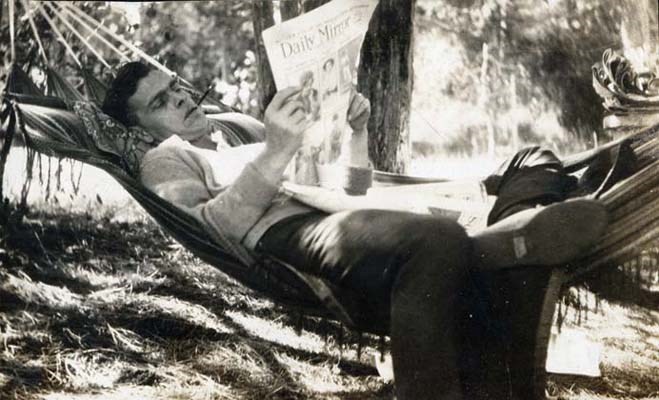When Mabel McLean Hawkshaw was running the shop at the Burnaby Post newspaper in the 1920s and '30s, most women in journalism were relegated to the "feminine" beats: weddings, home economics, fashion, cooking and the "women's pages."
Though Hawkshaw wrote articles for both the Post and Vancouver dailies under a male pen-name (specifically, as Percy Egerton Sterling), her primary role at the Post as editor, managing director and later publisher was carried out under her own name.
She was also a mother, a Girl Guide leader, a member of the IODE, and is now known to have been Canada's first female bank teller.
History writer Michael Sone, in his 1987 book Pioneer Tales of Burnaby, sums up her impact as, to say the least, significant: "In an era when buzz words like feminist movement and women's liberation had yet to be coined, Mrs. Hawkshaw probably accomplished as much as any contemporary for the cause of equality for women."
It would not have been an easy task at a time when just one in five women worked outside the home.
An article in the 1995 Journalism and Mass Communications Quarterly notes that "newspaperwomen in the 1920s and 1930s mirrored mild-mannered reporter Clark Kent, who was transformed off the job into Superman. They had to act as tough as Superman while working but blend demurely into the wallpaper after deadline."
The Post was launched in late 1922.
Ninety years later, editor Pat Tracy heads up the news room at the Burnaby NOW.
Though Hawkshaw may have blazed trails in the early part of the century, "newspapering" was still a man's world when Tracy arrived at the Hope Standard for her first journalism job, filling the role of reporter, editor and photographer - but all, at least, under her own name.
"In 1971, when I graduated from high school, the 'approved' careers for women were nursing, secretarial jobs and, of course, teaching," she recalls. "I wasn't keen on any of those and had been told by a couple of teachers that I could write - fiction at least."
The women's movement was gaining steam and, inspired as many young women were by journalist Gloria Steinem, Tracy jumped in with two feet and hasn't looked back in the nearly 40 years since.
Plenty has changed in those intervening years. During the first half of her career, papers were still printed using hot lead to create blocks of type in wooden forms; today, she lays out pages digitally, importing images and text to create a document that is transmitted electronically to a printing press miles away.
She's seen social changes, too: "When I started out, there were still 'women's pages,' and women editors were paid less than male editors. Thankfully I started out when equal pay for equal work was starting to be recognized - although one of my first battles was trying to get piad the same as a male editor at a newspaper company - and women's rights were at least discussed, if not respected. Things have greatly improved."
When Hawkshaw was publishing the Post, newspapers - and word of mouth - were the primary sources of news and information.
Though the Internet and social media has created more avenues for information to be shared, Tracy says the role of the press is as vital today as it was then, if not more so - particularly for community papers like the NOW.
"Frankly, we really give a damn about things that impact Burnaby residents.
"We're here for the long haul and have deep connections with our community and therefore our readers.
"I think the web has been a terrific wake-up call. We're in a period where social media, blogs and a fantastic amount of information sites make it almost like a 'Christmas morning' for children. We're unwrapping more things than we can play with. ... As media workers, we have a tremendous opportunity to show readers - both online and in print - that professional journalists perform a valuable service."
For the setting of a community paper, that means covering the small things as well as the big ones.
"(With the Internet) everything is faster and more impersonal. That's one of the reasons community newspapers need to keep covering all the 'good' news and achievements in neighbourhood and community schools and volunteer groups. There is a strong pull to focus on the dramatic, dismal news - but it is not what matters most to the average person trying to raise a family or help create more livable communities."
Community newspapers, like the NOW, still have as their focus the people and places of the cities they cover, just as the Post did 90 years ago.
But local journalism has changed over the years: modern-day reporters can tap into a variety of sources, from Freedom of Information to access government records to online resources around the world.
Social media platforms like Twitter and Facebook allow reporters and editors the ability to interact directly with readers, creating a two-way communication that once only existed through the letters page.



